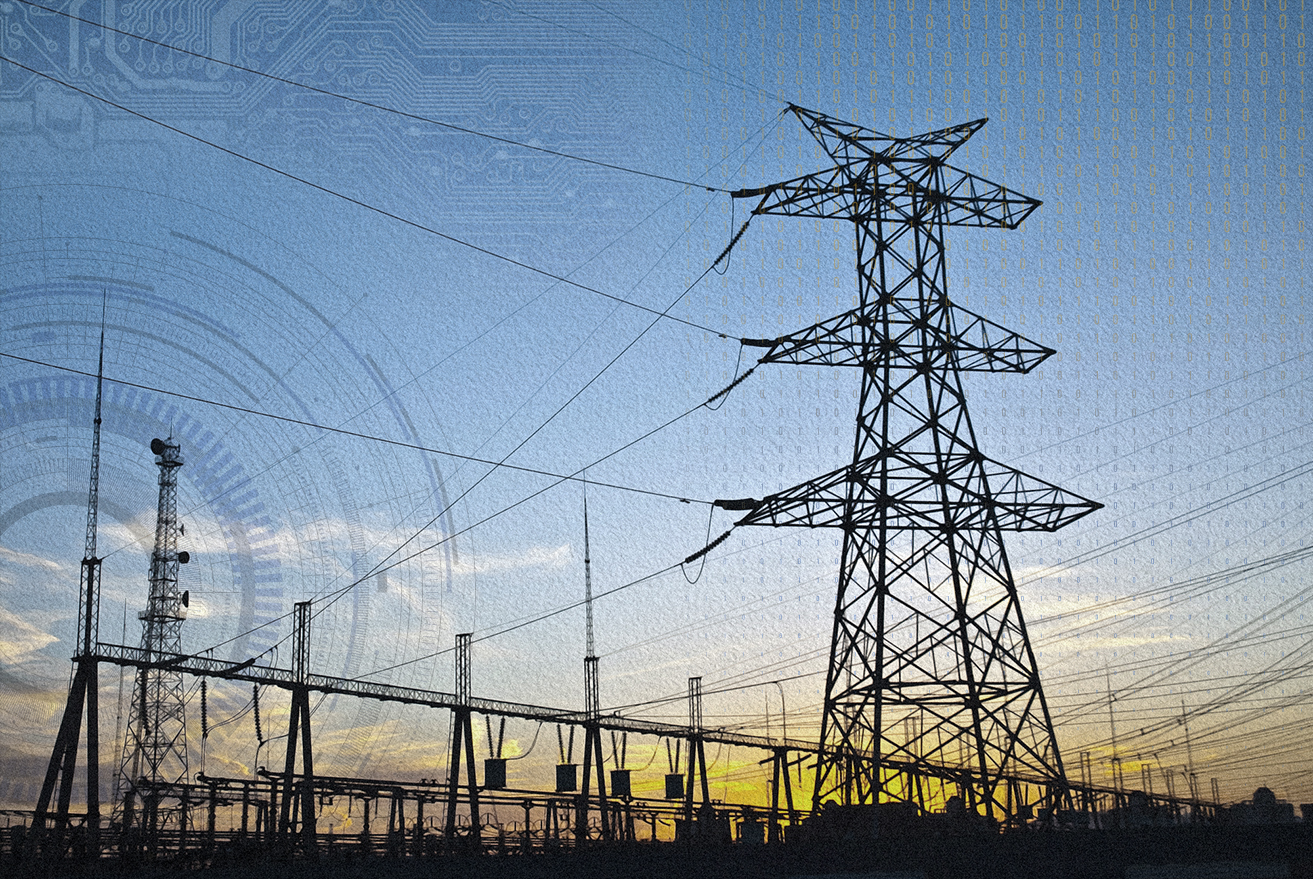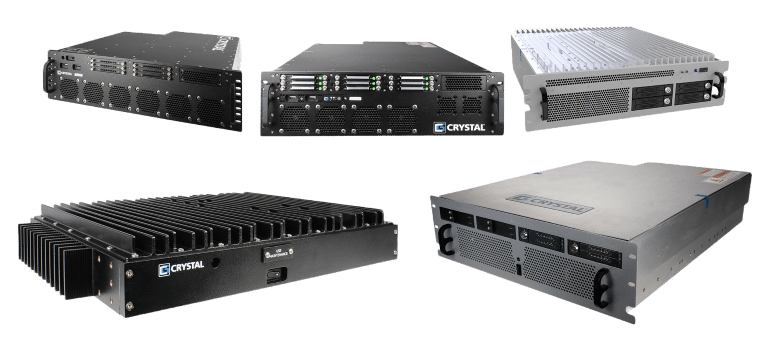Read the first part of the nationwide substation makeover series here.
By Chad Hutchinson, Director of Product Development
The challenges we face in powering an uncertain but high-demand future may seem like an overwhelming problem to solve, but we must start somewhere. Enter the thousands of remote electrical substations located across the country.
As the “crossroads” of the country’s energy grids, substations connect the power supply to users. They’re also at the center of a tug-of-war between supply and demand as a growing mix of traditional power sources and renewables disrupt energy flow. This is only becoming more pronounced as large-scale renewable generation gains momentum alongside a rapidly growing fleet of electric transportation. Digital commerce creates yet another major demand for power as hungry data centers sprout up across the country.
These competing demands mean that even if the breeze dies down on the wind farm or it’s a cloudy week at the solar field, the power still must flow; and shoring up shortages in one area must be instantaneous and, ideally, automated. That’s where substation modernization–specifically, virtualization–is key in preventing outages.
As it turns out, it also offers significant cost savings.
Seeing the impeding need for overall Smart Grid modernization, Crystal Group has spent over five years collaborating with Intel and Southern California Edison to define and design a solution that is resilient, incorporates the latest commercial capabilities, and maximizes overall substation performance. The resulting common substation platform integrates rugged hardware, extreme processing speed, data assurance, redundancy, and security. In addition to hosting hardware virtualization of substation support and auxiliary systems, this approach enables remote operations and maintenance in a system that can withstand extreme conditions.
“There must be active grid management–and it needs to happen at the edge within seconds. You cannot afford the time it takes to bring data into the data center for analysis or to the distribution control center to process and send back,” said Prithpal Khajuria, global segment market leader for Intel’s power sector.
“If you switch to virtualization, you standardize rugged hardware, and incorporate a centralized management system, that’s it- everything else becomes software applications. You save on capital and operational costs. In fact, we found a 70% reduction in operational and maintenance costs.” Khajuria added. 
Today, the varying, aging substations that are “connected” use high-latency, low-speed links, which means many utilities aren’t performing requisite IT security maintenance, such as software patching. In many cases, maintenance is just too costly, especially for remote substations that require extensive support and equipment hauled across long distances.
However, a virtualized, centrally managed system enables remote maintenance and upgrades. Equipped to execute automation and AI algorithms, virtualization delivers real-time operation, situational awareness, and decision making within the system. This bolsters IT and cybersecurity while rendering systems more robust, resilient, and easier to use for the longer term. It’s a transformation that benefits utilities and provides consumers with consistent availability–even amid the increasing burdens on the grid.
Original article posted on PowerGrid International.